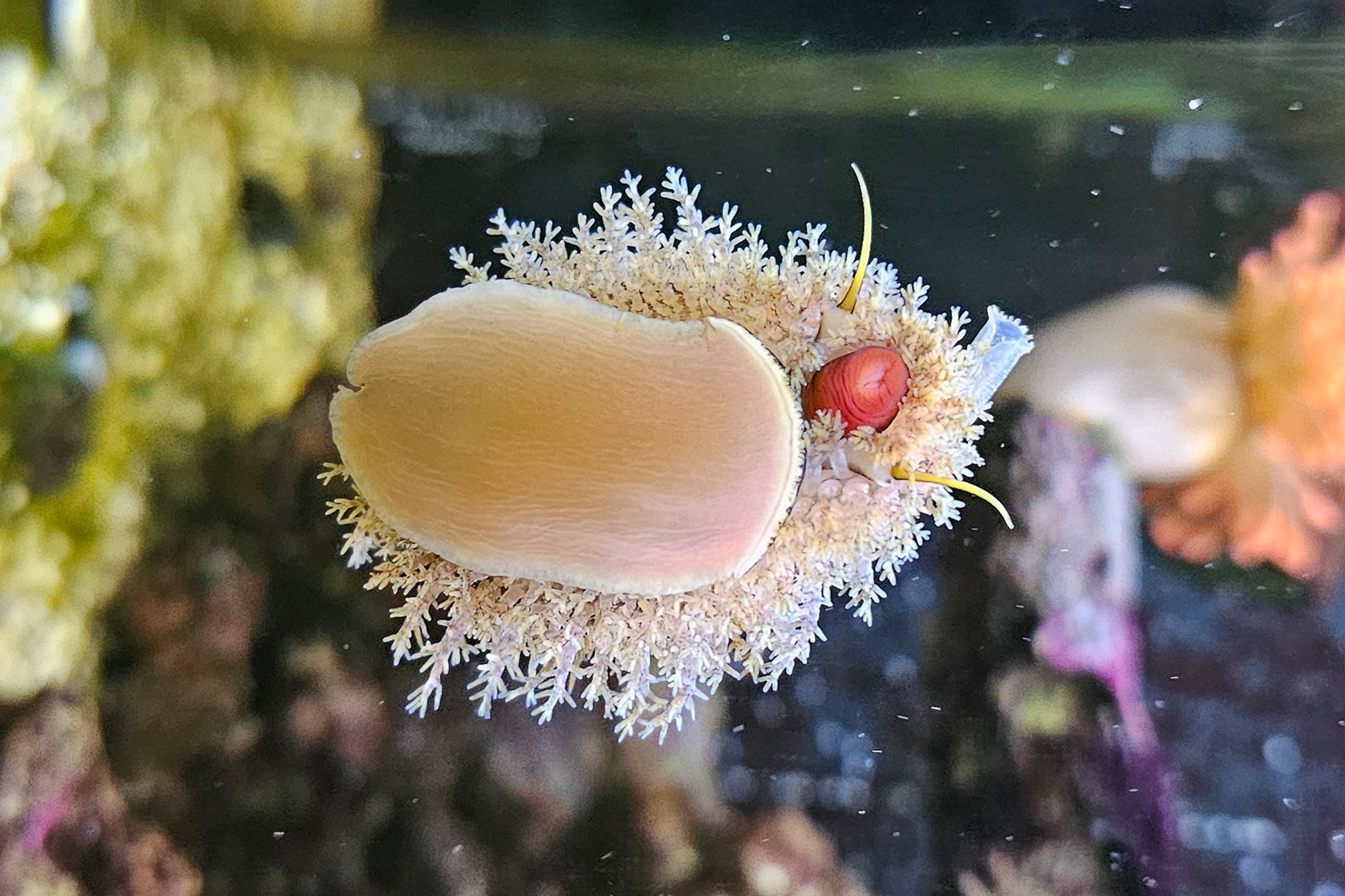
Have you seen Thrush Cowries on the west coast of Florida?
We have a request for our followers and shell enthusiasts collecting and beachcombing along the west coast of Florida...
Museum, research, and collection updates from Dr. José H. Leal, plus Shell of the Week, which highlights a different species every other Friday. Most Shells of the Week are found in Southwest Florida.
Dr. José H. Leal serves as the Bailey-Matthews National Shell Museum & Aquarium’s Science Director and Curator. He received his Ph.D. in Marine Biology and Fisheries from the University of Miami and has served at the Museum since 1996.

We have a request for our followers and shell enthusiasts collecting and beachcombing along the west coast of Florida...
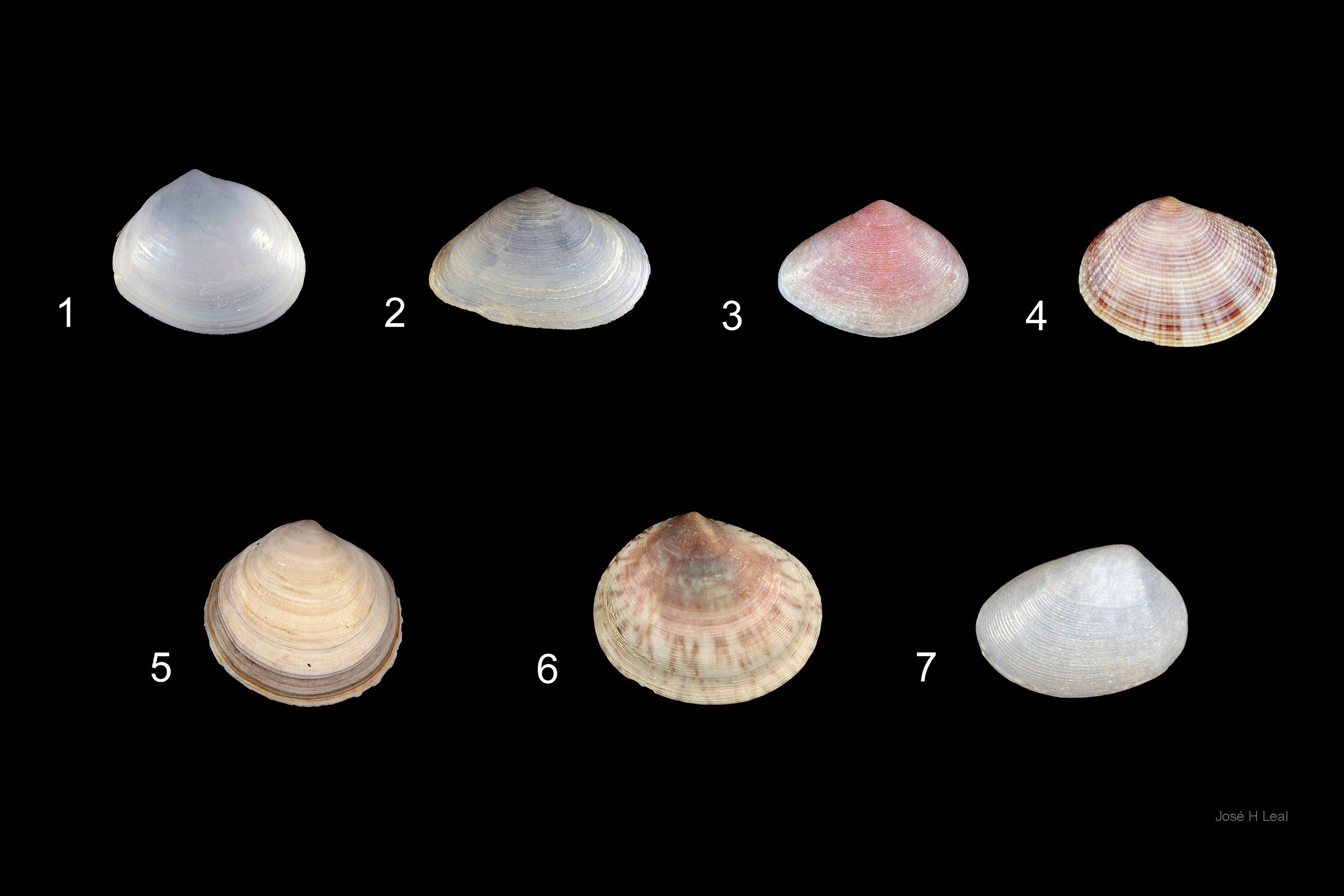
Check out the well-known and some more obscure shallow-water semeles (family Semelidae) living along the coast of Southwest Florida:...
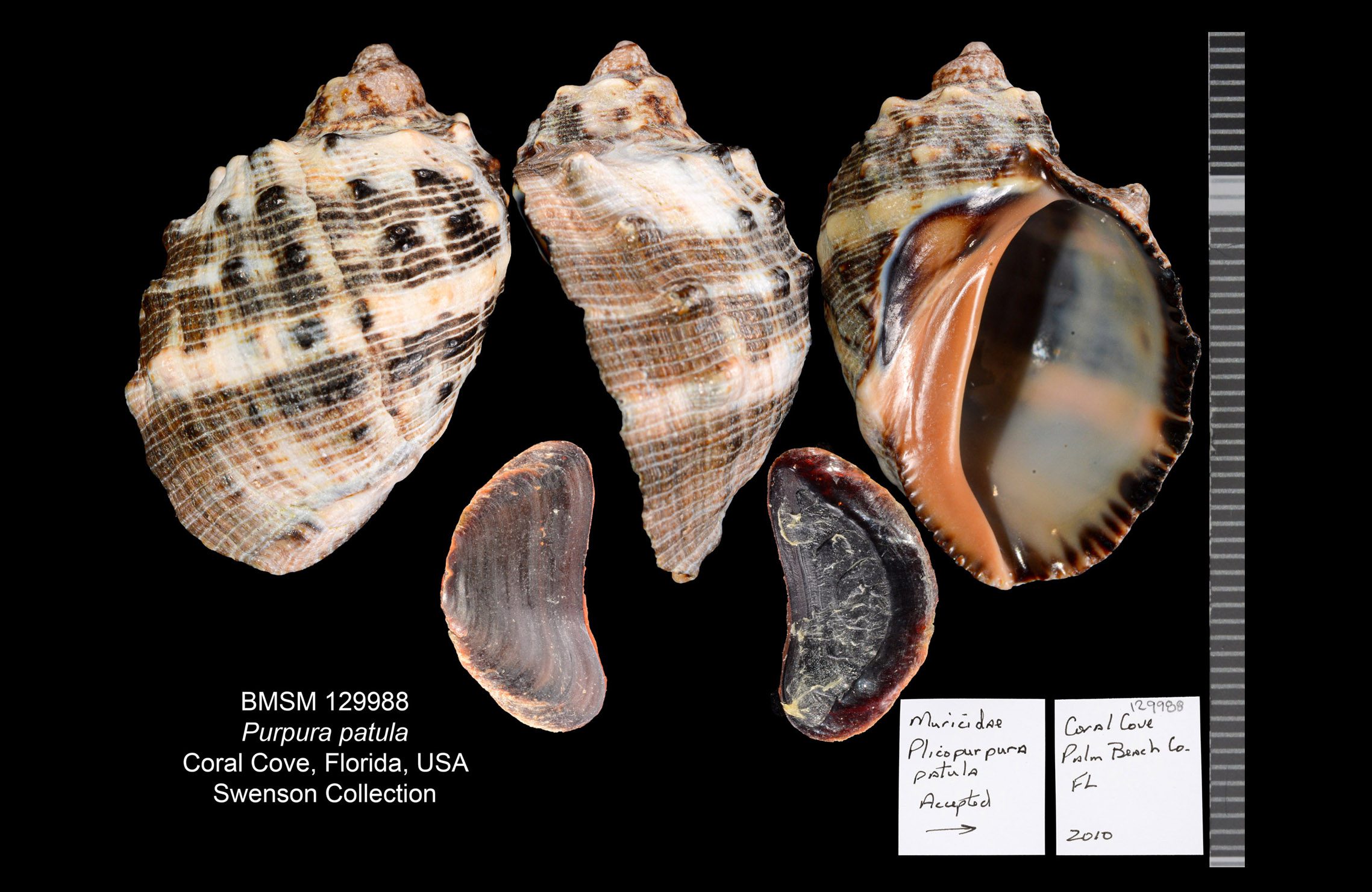
Plicopurpura patula (Linnaeus, 1758), is a gastropod of the family Muricidae that may reach almost 10 cm (about 4 inches) in size...

Check out the well-known and some more obscure shallow-water semeles (family Semelidae) living along the coast of Southwest Florida:...
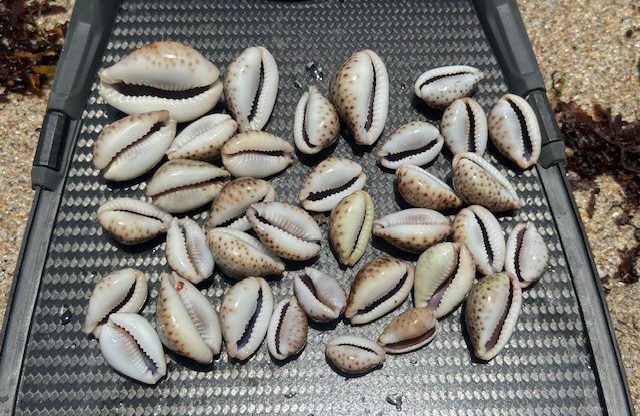
Since I started publishing information about the invasion of the Caribbean and Florida by Naria turdus back in May 2022...
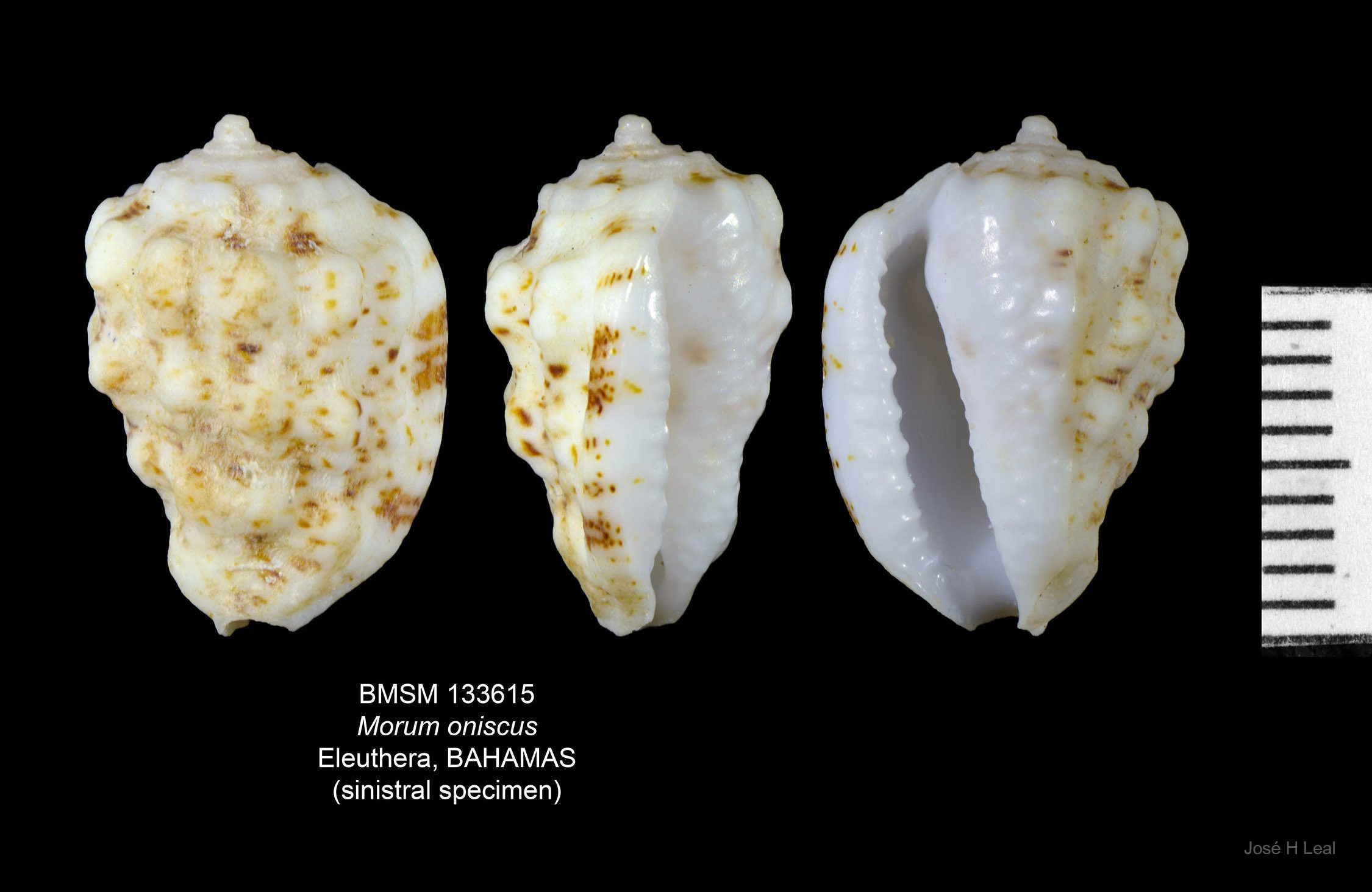
Morum oniscus is one of the few species of the gastropod family Harpidae living in the western Atlantic Ocean. The species may reach...
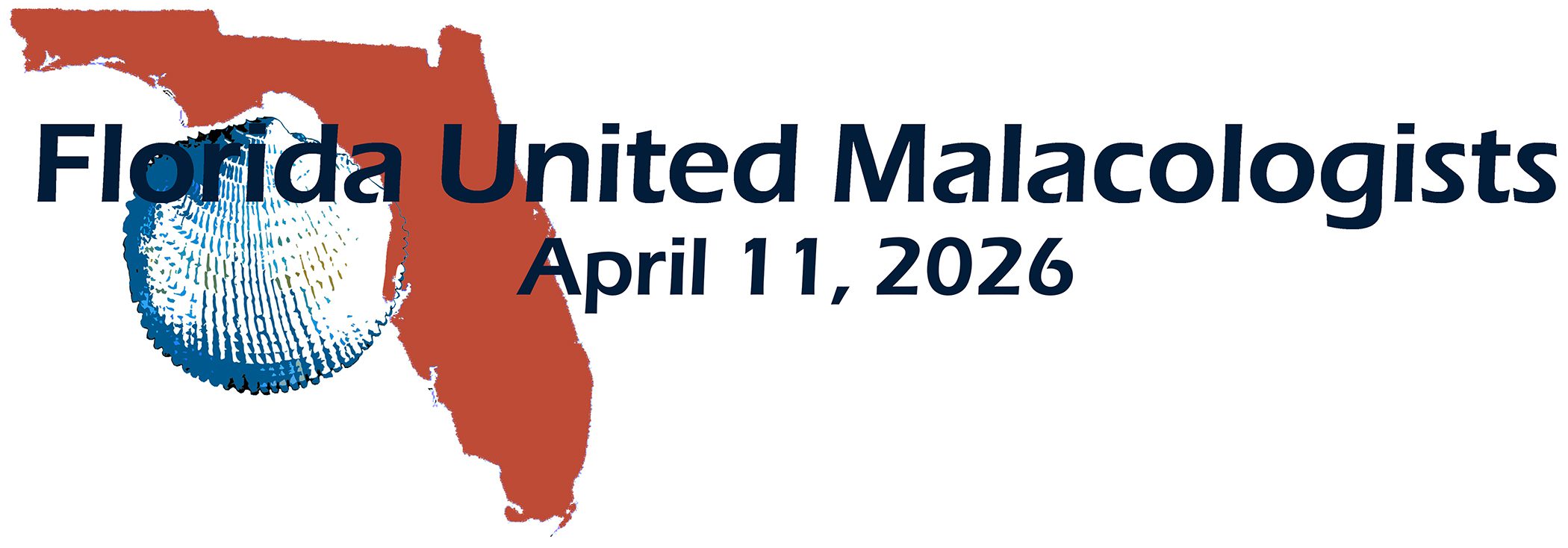
The next meeting of Florida United Malacologists (FUM) will take place at the Bailey-Matthews National Shell Museum & Aquarium, Sanibel...
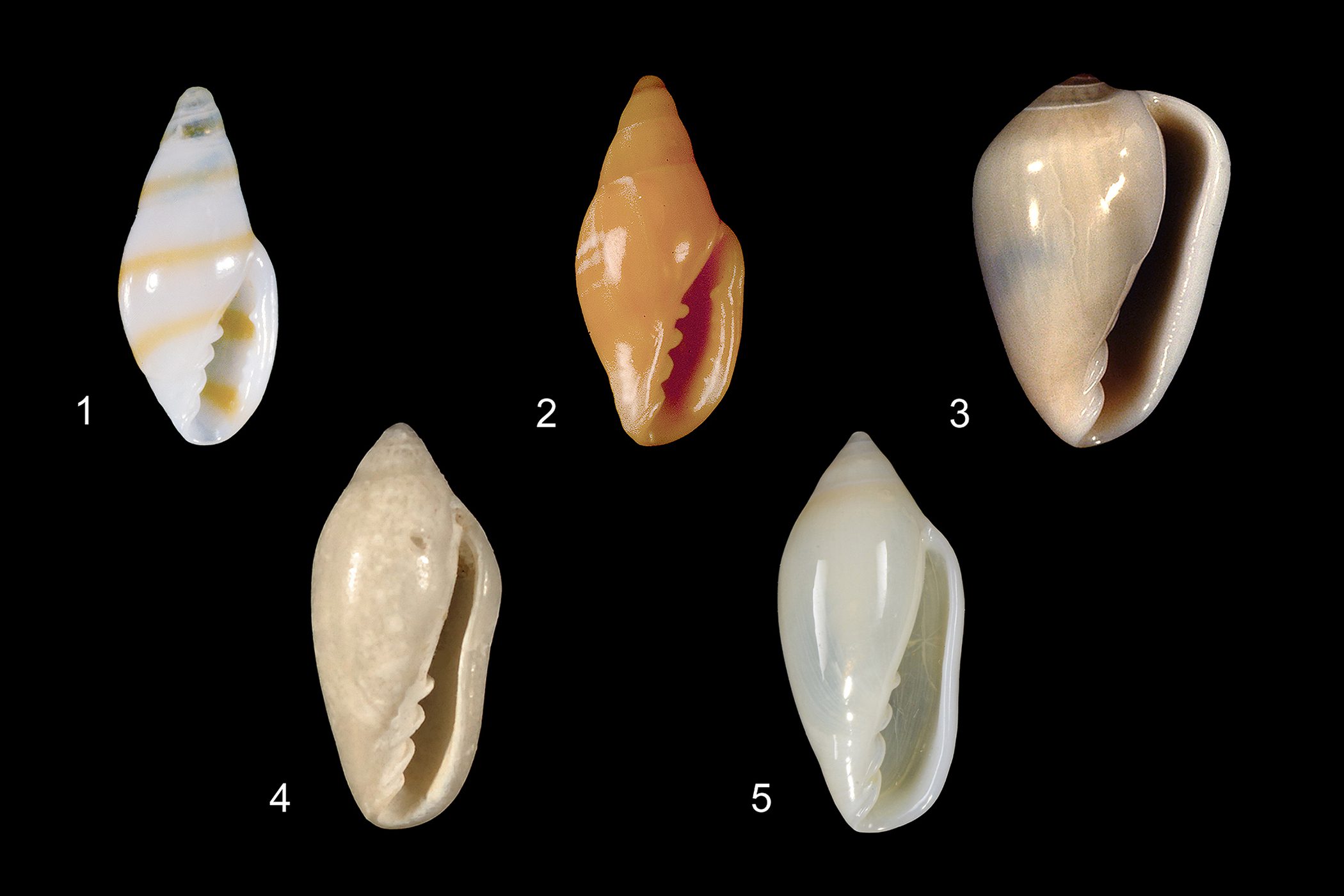
Check out the shallow-water marginellas (family Marginellidae) living along the coast of Southwest Florida: 1 – Gold-line Marginella (Dentimargo aureocinctus); 2 – Tan Marginella (Dentimargo eburneolus)...
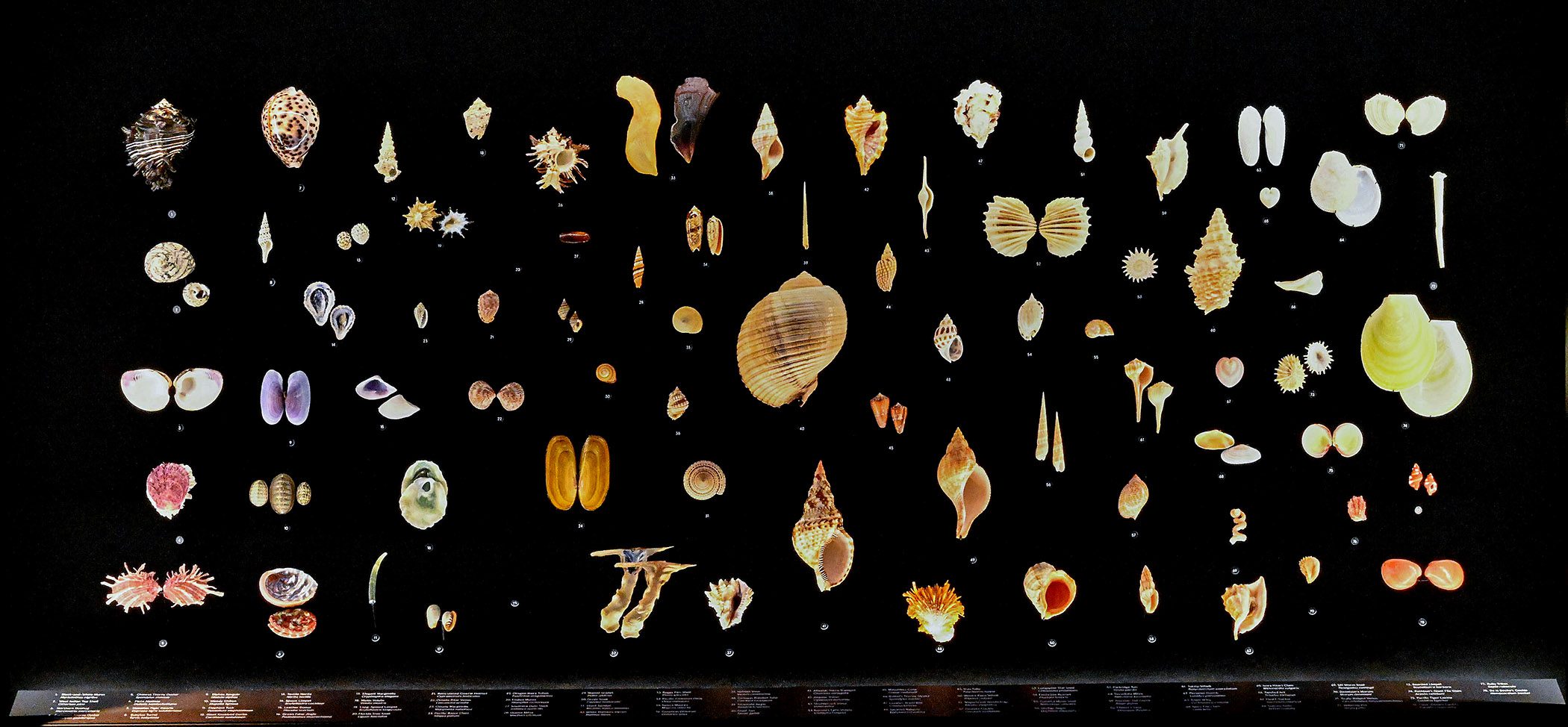
As the name implies, this new display in the recently opened Phase 1 of the National Shell Museum & Aquarium’s “Great Hall of Shells” presents a selection of worldwide shells covering a broad range of shapes...
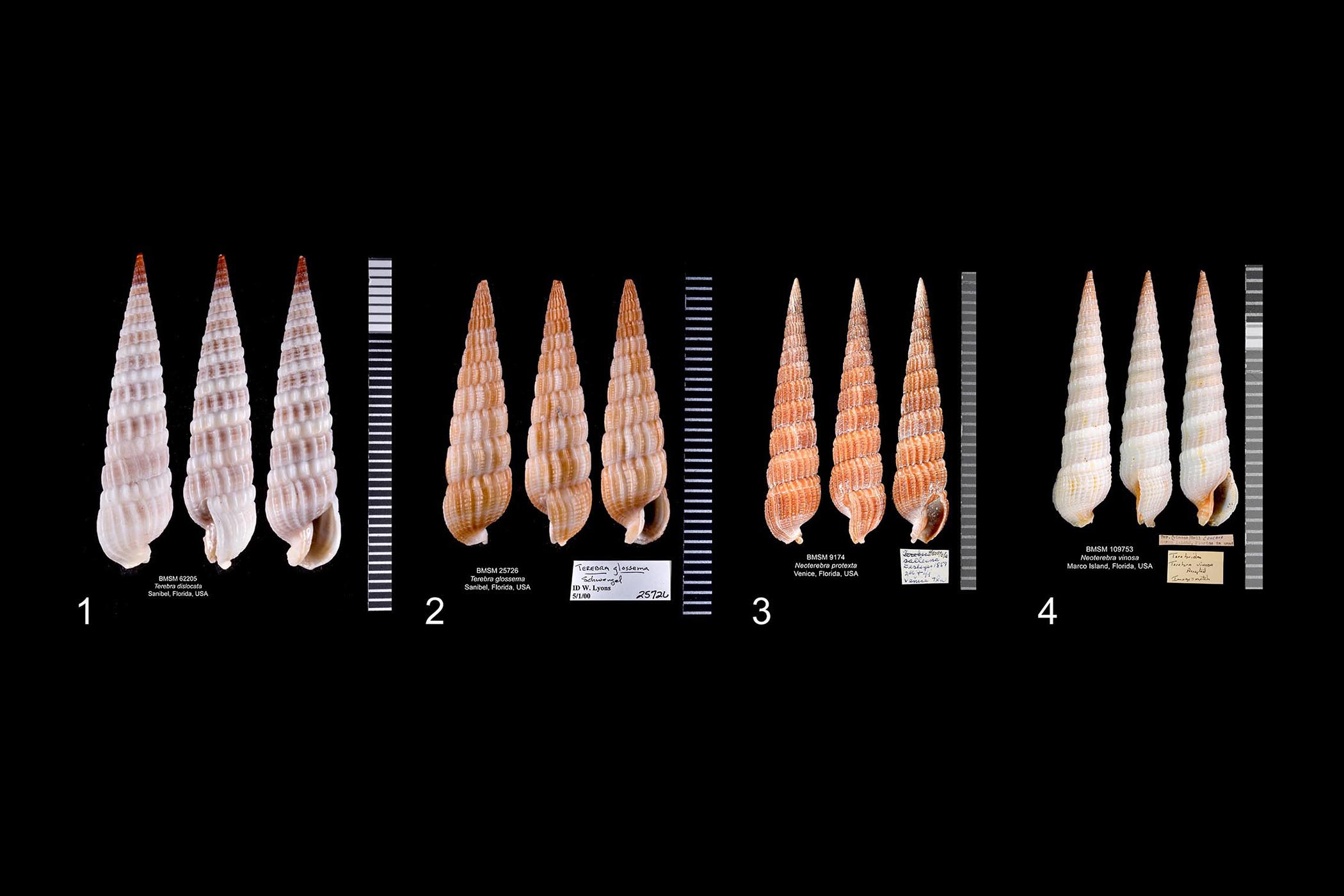
Antillophos chalcedonius is a relatively small (reaching 17 mm, or about 0.67 inch) gastropod, that displays a shell sculpture of strong spiral (“revolving”) threads and well-spaced axial (“vertical”) ridges. The color pattern shows variations of a white background and brownish patches that are more-or-less aligned with the axial ridges. The species is found throughout the eastern Gulf of Mexico, Florida Keys, Bahamas, and the Caribbean Basin southward to Colombia. Antillophos chalcedonius was d